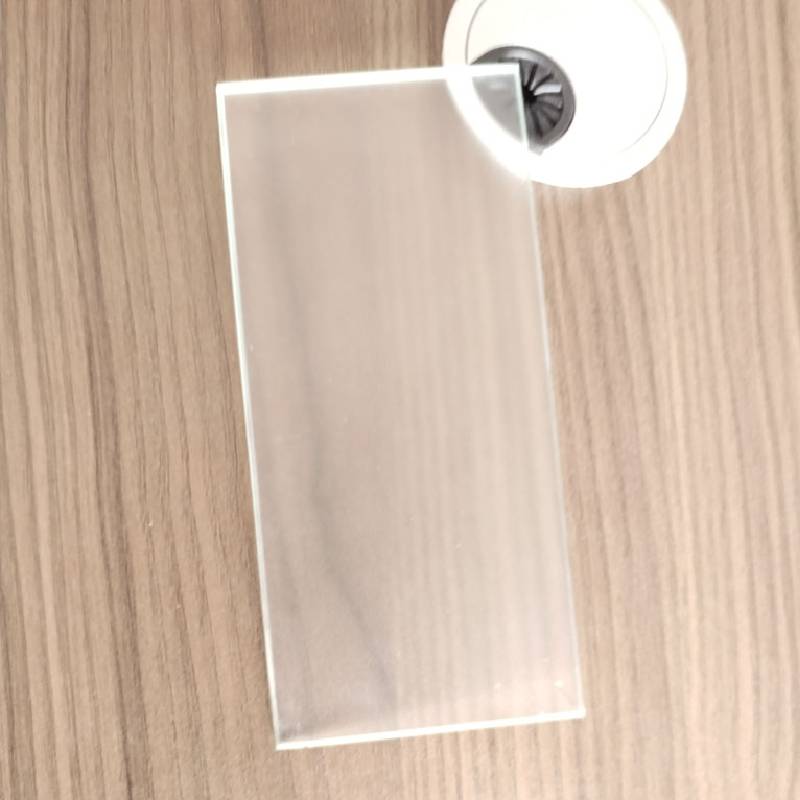The Role of Float Glass Plants in Modern Architecture
Float glass, a key material in contemporary architecture, plays a crucial role in enhancing the aesthetic and functional qualities of buildings. Float glass plants, where this product is manufactured, are critical to meeting the demands of the construction industry. This article explores the process of float glass production, its applications, and the environmental considerations tied to these plants.
The float glass manufacturing process was developed in the 1950s and has significantly transformed the glass industry. In this process, molten glass is floated on a bed of molten tin, creating a uniform thickness and incredibly smooth surface. This is essential for applications ranging from windows to sophisticated facades. The float glass is then annealed, cut into sheets, and prepared for various applications, making it a staple in both residential and commercial structures.
The versatility of float glass is one of its greatest attributes. It can be treated in numerous ways to enhance its performance, including tempering for increased strength and thermal resistance, coating for energy efficiency, and laminating for safety. As energy efficiency becomes increasingly important in architecture, low-emissivity (Low-E) glass produced in float glass plants is gaining popularity, reflecting heat while allowing light to pass through. This innovation not only enhances comfort for occupants but also contributes significantly to reducing energy consumption in buildings.
float glass plants
Float glass plants are strategically located to serve vast markets, supporting a range of industries. Construction, automotive, and even technology sectors require high-quality glass for various applications. The demand for architectural glass has surged, particularly infused with technology; for instance, the incorporation of smart glass that can change transparency or reflectivity based on environmental conditions. This convergence of technology and material science is paving the way for the future of modern building designs.
However, the operation of float glass plants is not without challenges. The production process is energy-intensive, contributing to greenhouse gas emissions. Furthermore, the extraction and transport of raw materials, primarily silica sand, have environmental implications. To counter these challenges, many float glass manufacturers are increasingly adopting sustainable practices, such as using recycled glass as a raw material and incorporating renewable energy sources into their production processes.
Innovation in float glass production also includes advancements in waste management. By optimizing production techniques, plants are working to minimize off-cuts and by-products, ensuring more sustainable use of resources. Moreover, the development of eco-friendly packaging and transportation methods indicates a shift toward comprehensive sustainability in the glass industry.
In conclusion, float glass plants are vital to contemporary architecture, providing high-quality, versatile materials that enhance building design and performance. As the demand for energy-efficient and sustainable practices grows, so does the responsibility of these plants to innovate and adapt. The future of architecture, equipped with advanced glass technologies, hinges on the ability of float glass manufacturers to balance production efficiency with environmental stewardship, paving the way for a more sustainable future in construction.
 Afrikaans
Afrikaans  Albanian
Albanian  Amharic
Amharic  Arabic
Arabic  Armenian
Armenian  Azerbaijani
Azerbaijani  Basque
Basque  Belarusian
Belarusian  Bengali
Bengali  Bosnian
Bosnian  Bulgarian
Bulgarian  Catalan
Catalan  Cebuano
Cebuano  Corsican
Corsican  Croatian
Croatian  Czech
Czech  Danish
Danish  Dutch
Dutch  English
English  Esperanto
Esperanto  Estonian
Estonian  Finnish
Finnish  French
French  Frisian
Frisian  Galician
Galician  Georgian
Georgian  German
German  Greek
Greek  Gujarati
Gujarati  Haitian Creole
Haitian Creole  hausa
hausa  hawaiian
hawaiian  Hebrew
Hebrew  Hindi
Hindi  Miao
Miao  Hungarian
Hungarian  Icelandic
Icelandic  igbo
igbo  Indonesian
Indonesian  irish
irish  Italian
Italian  Japanese
Japanese  Javanese
Javanese  Kannada
Kannada  kazakh
kazakh  Khmer
Khmer  Rwandese
Rwandese  Korean
Korean  Kurdish
Kurdish  Kyrgyz
Kyrgyz  Lao
Lao  Latin
Latin  Latvian
Latvian  Lithuanian
Lithuanian  Luxembourgish
Luxembourgish  Macedonian
Macedonian  Malgashi
Malgashi  Malay
Malay  Malayalam
Malayalam  Maltese
Maltese  Maori
Maori  Marathi
Marathi  Mongolian
Mongolian  Myanmar
Myanmar  Nepali
Nepali  Norwegian
Norwegian  Norwegian
Norwegian  Occitan
Occitan  Pashto
Pashto  Persian
Persian  Polish
Polish  Portuguese
Portuguese  Punjabi
Punjabi  Romanian
Romanian  Russian
Russian  Samoan
Samoan  Scottish Gaelic
Scottish Gaelic  Serbian
Serbian  Sesotho
Sesotho  Shona
Shona  Sindhi
Sindhi  Sinhala
Sinhala  Slovak
Slovak  Slovenian
Slovenian  Somali
Somali  Spanish
Spanish  Sundanese
Sundanese  Swahili
Swahili  Swedish
Swedish  Tagalog
Tagalog  Tajik
Tajik  Tamil
Tamil  Tatar
Tatar  Telugu
Telugu  Thai
Thai  Turkish
Turkish  Turkmen
Turkmen  Ukrainian
Ukrainian  Urdu
Urdu  Uighur
Uighur  Uzbek
Uzbek  Vietnamese
Vietnamese  Welsh
Welsh  Bantu
Bantu  Yiddish
Yiddish  Yoruba
Yoruba  Zulu
Zulu 

